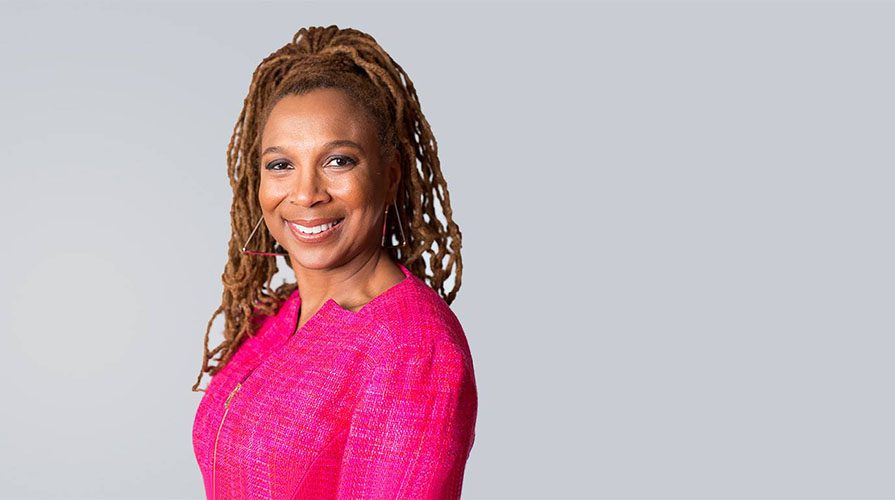Some say that if your feminism isn’t intersectional, it isn’t feminism at all. Others say that intersectionality as a concept has muddied the waters of an already complicated feminist discourse. Intersectionality is a term coined by civil rights advocate and Law Professor Kimberly Crenshaw. She introduced the term to feminist theory in her paper for the University of Chicago Legal Forum in 1989 called Demarginalizing the Intersection of Race and Sex: A Black Feminist Critique of Antidiscrimination Doctrine, Feminist Theory and Antiracist Politics.
In the paper, she discusses what she calls the ‘single access framework’, that is used to discuss discrimination and what she argues has erased black women’s experience. She discusses how often racial discrimination cases focus on African American/black men, whilst sex/gender related discrimination cases tend to focus on white women. She argues that this narrow focus distorts our understanding about sexism and racism, that black women experience both of these things simultaneously. She renders heavy criticisms of the feminist movement, which at the time focused largely on white woman’s experiences with sexism, and the anti-racist movement that focused largely on how black men experience racism. She argued that black women’s experience is greater than the sum of sexism and racism, but a black woman cannot simply be included into these pre-existing structures, and that these structures had to be rethought.
In her paper, she discusses a court case that occurred after the passing of the Civil Rights Act of 1964, when five African American women sued General Motors from specifically discriminating against black women after they noticed that all the black women hired after 1970 were laid off during the recession. They lost their case when the courts concluded that there wasn’t evidence of the company specifically having a bias against black people or women because they currently employed black and white people. The women were all white and all the black people were men. This was enough evidence to the court that General Motors was not discriminatory on the basis of race or gender. The court further argued that the black women did not have a specific claim of racial discrimination that outweighs that of a black man. Crenshaw concludes that this means according to this narrow view of single access-based discrimination, that legally a black woman’s experiences with discrimination are only validated by how close in proximity their experiences are to a white woman or a black man.
During Moore v Hughes Helicopters, Moore argued that she faced gender and race discrimination, when she noticed that African American women, unlike the black men who worked at the company were being promoted to upper level or supervisory jobs. The court argued that because she argued that she was facing discrimination, not just as a woman but specifically as a black woman, that she wasn’t the class representative for the white woman in the area of sexist coordination at the company. Crenshaw concluded that this logic reveals how white women are centralising the discourse around sex/gender-based discrimination cases. In other words, white women’s claims on gender-based discrimination were seen as more valid, which makes it so that even if a policy is against all women, black women are placed at odds with white women because the racism they experience makes the consequences of the policy harsher on them.
Not allowing those who experience multiple disadvantages, to represent those who are singularly disadvantage, complicates the redistribution of opportunity and reinforces the hierarchy where white women are incentivised to protect the source of their privilege, and their place at the top of the hierarchy. This often leaves black women alone to fend for themselves. In another case, two black women sued a pharmaceutical plant on behalf of all the black employees for racial discrimination. The court immediately argued that they could only argue on behalf of black women at the company but not black men. They managed to prove their case, and they were awarded back pay, but the back pay was only issued to black women in the company and not black men.
Crenshaw points out in her paper, that while all three of these cases reached different and potentially contradictory conclusions about what is and isn’t discrimination, they all share the commonality of excluding the intersection of sexism and racism, that black women experience. That this particular type of discrimination materialises in various ways. Crenshaw writes:
“I’m suggesting that black women can experience discrimination in ways that are both similar and different to those experienced by white women and black men. Black women sometimes experience discrimination in ways that are similar to white women’s experiences; sometimes they share very similar experiences with black men. Yet often they experienced double discrimination: the combined effects of practises which discriminate on the basis of race and on the basis of sex.”
Ultimately, Crenshaw argues that the very way that the law looks at discrimination is too narrow, and often it believes that you can be discriminated against because of race or gender alone, but not together. Because of this narrow way in which we view discrimination, the ideas of what discrimination is and isn’t is argued with the lines of the most privileged within the group. For example, sexism is viewed through the lens of white women and racism through the lens of black men, denying the experience of black women.
Crenshaw’s concept of intersectionality has since been expanded to include those outside of black/African American and female experiences, that the general concept is that people can experience more than one type of discrimination. For example, religious, age or class discrimination can happen simultaneously, along with gender or race discrimination. Today, an intersectional feminist is someone that acknowledges that there are ways in which multiple accesses of oppression can impact different individuals which helps to create a type of activism that is more inclusive of things outside of the dominant idea of what sexism looks like. Intersectionality isn’t a collection of identities but rather an acknowledgement that one person can experience different types of discrimination that inform each other.
Meriam



